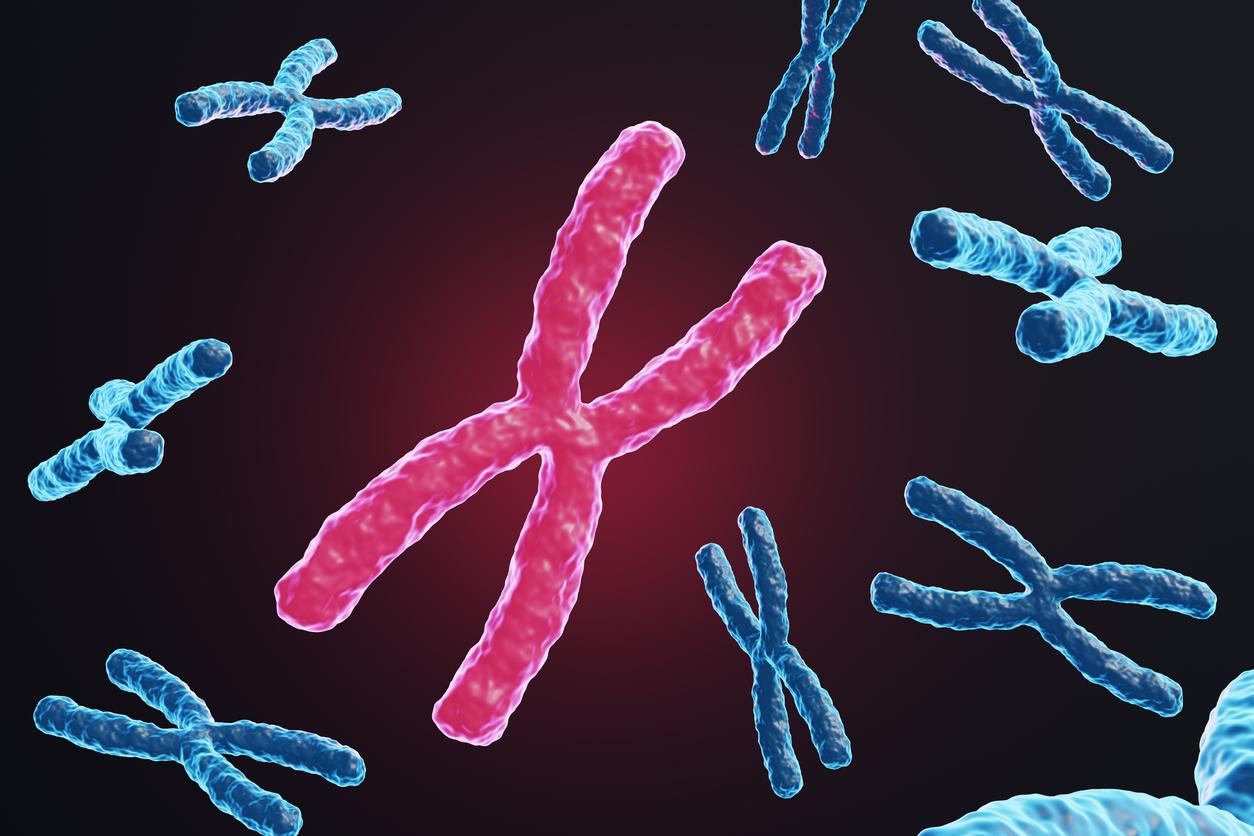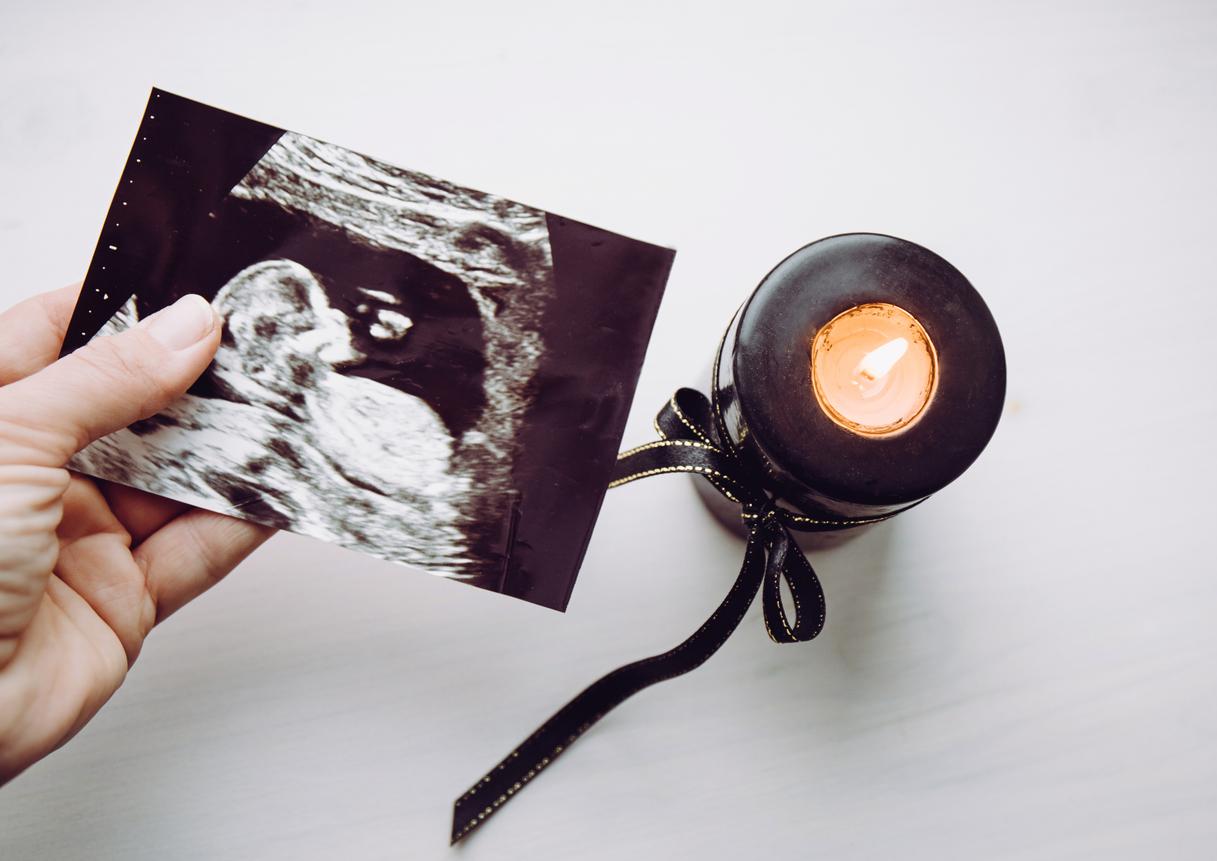The “Viking DNA Project” studies the presence in Normans of a specific genetic marker of the Vikings.

Anquetil, Gonfray, Ingouf, Quetel… These family names widespread in Normandy originate from Viking names. But how much do the inhabitants of the French region really descend from the Scandinavian sailors? “A little, maybe, or maybe not, who knows…”, one would tend to say in the corner.
To know, it is therefore better to rely on the research of a team from the University of Leicester, which launched the “Viking DNA Project”, a large genetic study on a European scale, which is interested in descent. of the mythical people. In particular, the researchers scanned Normans whose last names sounded Viking.
Northern European markers at 60%
With the help of the Center de Recherches Archéologiques et Historiques Anciennes et Médiévales of the University of Caen Basse-Normandie, 89 DNA samples were collected from these Norman inhabitants with Viking names, whose grandparents were born and lived in a radius of 50 km around their current home. Two markers were sought on the Y chromosome, which is passed from father to son: haplogroup R1b and haplogroup l1.
The former is widespread in northern Europe, and may have originated from nomadic populations of the Black Sea who moved thousands of years ago. Among the Normans tested, 52 were carriers, more than half. Unfortunately, the presence of the marker does not establish a direct link, but R1b is likely to have been imported by the Vikings during their conquest of the Xe century.
Viking and… Eastern origins?
On the other hand, the second marker l1 is more revealing, because it is a variation very present in almost half of the Scandinavians. It was found among 11 Normans. “When we look at haplogroup l1 fingerprints, some Norman Y chromosomes show affinity with Germanics, while others show affinity with Scandinavians,” explains Richard Jones, a researcher at the University of Leicester. But it is very tempting to consider l1 as a mark left by the Vikings in Normandy, because it is present there in approximately the same proportions as those observed in other populations with a known Viking history ”.
The answer to the researchers’ questions therefore comes down to the Norman maxim: “p’tet ben que yes, p’tet ben quenon”. Rather yes anyway, according to the researchers.
And in a fun way, more markers were found. This time they came from populations that seem more incongruous for this region: Sicily, Eastern Europe, and even the Middle East! If Sicily and southern Italy did, at one point in history, constitute lands of the Norman Empire, the eastern origins could go back to the time of the Crusades. “Knowledge of the genetic history of Normandy is still in its infancy! », Rejoices Richard Jones.
.















